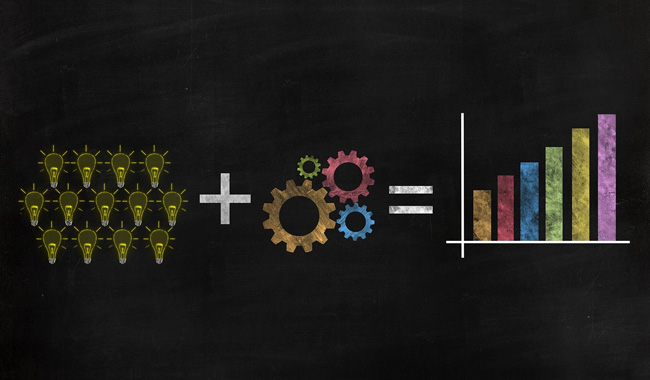Goal Analysis: Is That Really Necessary?
by Dot Young
This is Part I in a two-part series.
I recently submitted a proposal to a client that included a scheduled meeting time to perform a goal analysis. When we reviewed the proposal, he asked me, “Goal Analysis? Is that really necessary?” The short answer is a great big YES, but I knew he expected more of an answer than that. From his perspective, he knew exactly what the goal was, even if I didn’t.
I understood his reaction completely. Until I read Goal Analysis: How to Clarify Your Goals So You Can Actually Achieve Them, by Dr. Robert Mager, I had never heard the term “goal analysis,” nor would I have thought to try and complete one. Now, after much use, I will not start a project without one. For me it is the first step in every project. So what exactly is a goal analysis?
According to Dr. Mager, the function of a goal analysis is to define the undefinable, by identifying the performances that constitute the meaning of the goal.1 That means defining the goal so that it is tied to specific performance outcomes. Many times, goals regarding performance are vague or abstract. This does not diminish the importance of the goal; however, it does make it much harder to achieve. Mager uses the term “fuzzy goals” to describe these abstract statements. Let’s look at one example of a “fuzzy goal.”
My client, an Operations Manager for a large retail organization, asked me to develop a training program for 200 retail managers that would improve customer service. In his mind the goal was straightforward and perfectly clear. For me, not so much, as I had no idea what he meant by “improve customer service.” Improve in what way? Is there a customer service standard that is not being met? Is there something they should be doing but aren’t? Does everybody need to improve? How do we measure improved customer service?
These were just a few of my questions. Without knowing what actions a person needs to do to be considered successful, anything I develop is hit or miss. Until the performance is defined in a way it can be observed, we can never be sure we achieved the goal. When goals are fuzzy, complete a goal analysis to determine the performance outcomes needed to define success.
Regardless of the desired performance, you probably hear “fuzzy goal” statements on a regular basis. In fact, you may have even said a few. Things like:
- “I want to lose weight”
- “We need to be more customer-focused”
- “The device must be user-friendly”
- “We need someone who is highly-motivated”
- “They need to be team players”
- “They should own the process”
- “They are not managing the relationship”
- “Develop good communication skills”
- “Have the right attitude”
- “Maintain a healthy lifestyle”
The list goes on and on. Although we may know what those statements mean in general terms, without further definition it is unlikely we can achieve the desired outcome. This is true for all performance-based goals, whether at work or in your personal life. No matter what the project is – a backyard garden, a new training program or updates to existing software – a goal analysis helps you determine the actual performances that constitute achievement of the goal.
The Operations Manager was initially resistant to my request for a meeting to complete a goal analysis. I am not sure what he thought but I got the distinct feeling he thought it was a big waste of time and that I was probably incompetent. I finally said, “I totally understand why you feel another meeting is unnecessary. If you could just answer a couple of question for me, we won’t need to schedule a meeting. Sometimes a goal analysis is that easy.” He was agreeable to that, so I asked him, “What are the actions a person must do that will demonstrate ‘Improved Customer Service’?”
He glanced at me with a somewhat puzzled look and said, “What do you mean? They need to provide superior customer service” (another “fuzzy”).
To which I replied, “OK, then what actions do they need to do specifically to provide superior customer service? What does superior customer service look like in terms of performance? Is it greeting the customer? Thanking the customer? Offering assistance with a smile? Having fresh products ready and available? What specific behaviors or actions must a person do to provide superior customer service in this environment?”
He was silent for few seconds and then he looked at me with a big smile and said, “I think you better schedule a meeting.”
In my next post, I will share the details of Dr. Mager’s five-step process for completing a goal analysis. Do you see situations in your environment where a goal analysis might be useful?
1 page 11, “Goal Analysis, How to clarify your goals so you can actually achieve them,” by Dr. Robert Mager. Atlanta: The Center for Effective Performance, 1997.





